1. Milkweed
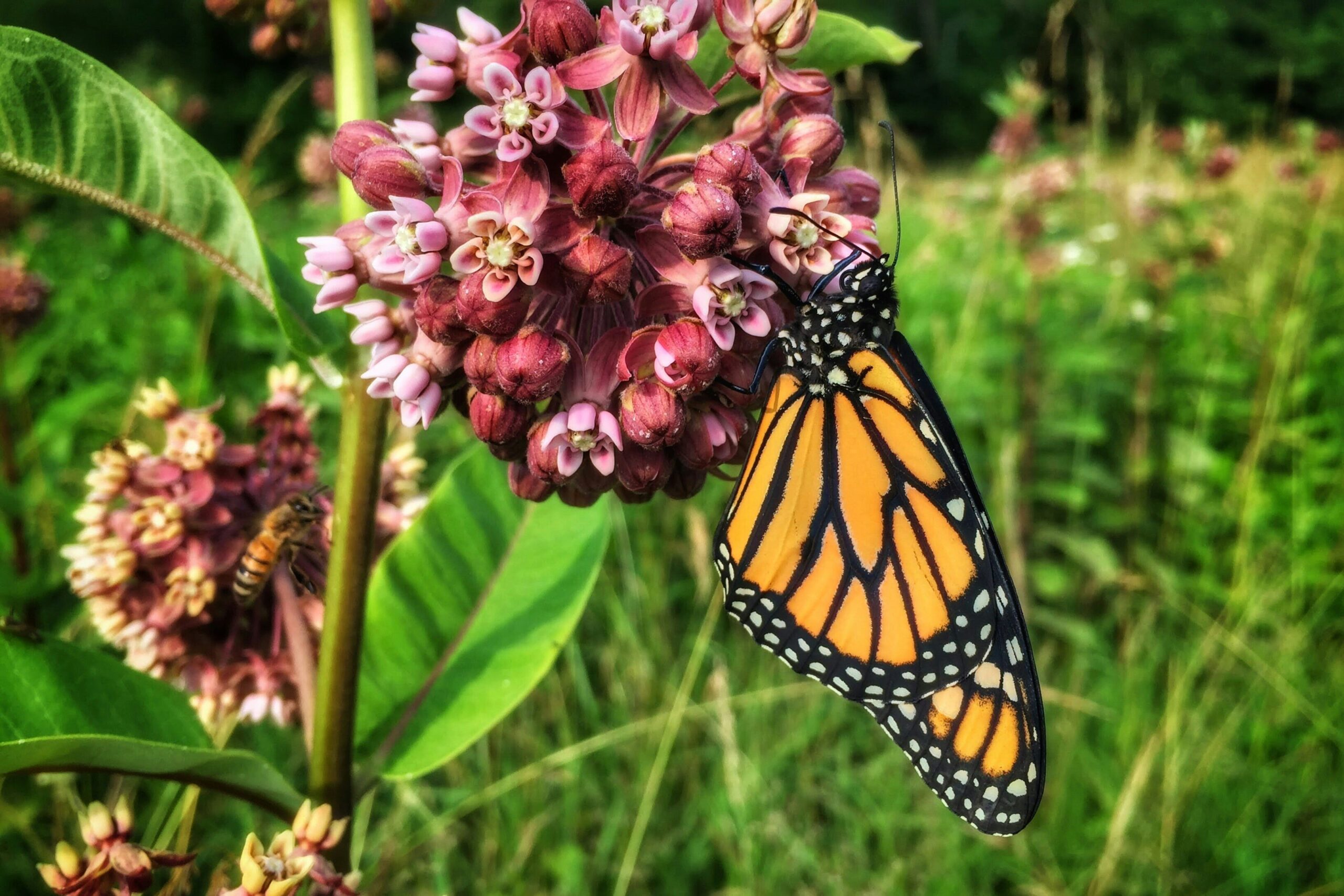
Milkweed is a magnet for monarch butterflies and a variety of other insects. While the sight of monarchs fluttering around might feel magical, be prepared for a mini insect convention in your yard. Aphids, beetles, and ants are also big fans of milkweed, so your plants might look a little crowded. The sticky sap can even attract wasps, which aren’t exactly the kind of guests you want near your patio. If you love supporting pollinators, milkweed is fantastic—but if you’re not into constantly dodging buzzing insects, you might want to think twice.
2. Sunflowers

These towering beauties are a treat for birds, squirrels, and just about any creature looking for a snack. The seeds are irresistible to wildlife, which is great if you’re an avid birdwatcher. However, don’t be surprised if squirrels start digging up your garden for a little treasure hunt. Plus, the leftover seed hulls can create a mess underneath, inviting even more critters like mice. If you don’t want to feel like you’re hosting a woodland buffet, it’s worth considering a more low-key plant.
3. Elderberry
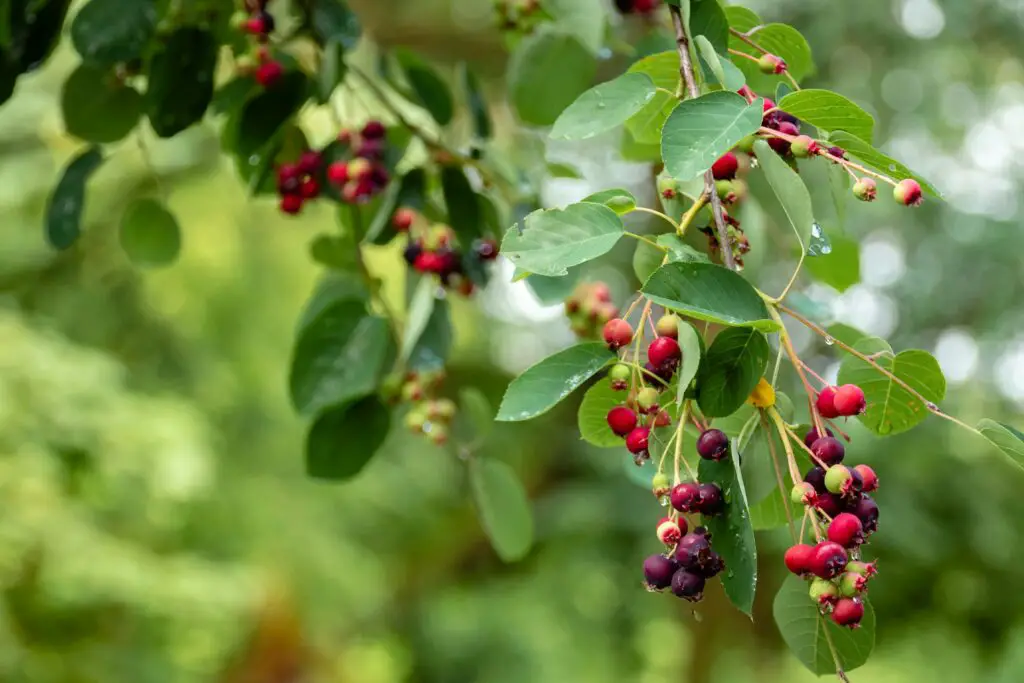
Elderberry bushes produce clusters of deep purple berries that birds absolutely love. Unfortunately, so do raccoons and opossums. These nocturnal visitors might turn your backyard into their personal all-you-can-eat diner. Elderberries can also stain patios, decks, and walkways, leaving you with more cleanup than you bargained for. If you don’t mind late-night wildlife activity and the occasional mess, elderberries are lovely. But if you prefer peace and quiet, you might want to skip this one.
4. Trumpet Vine
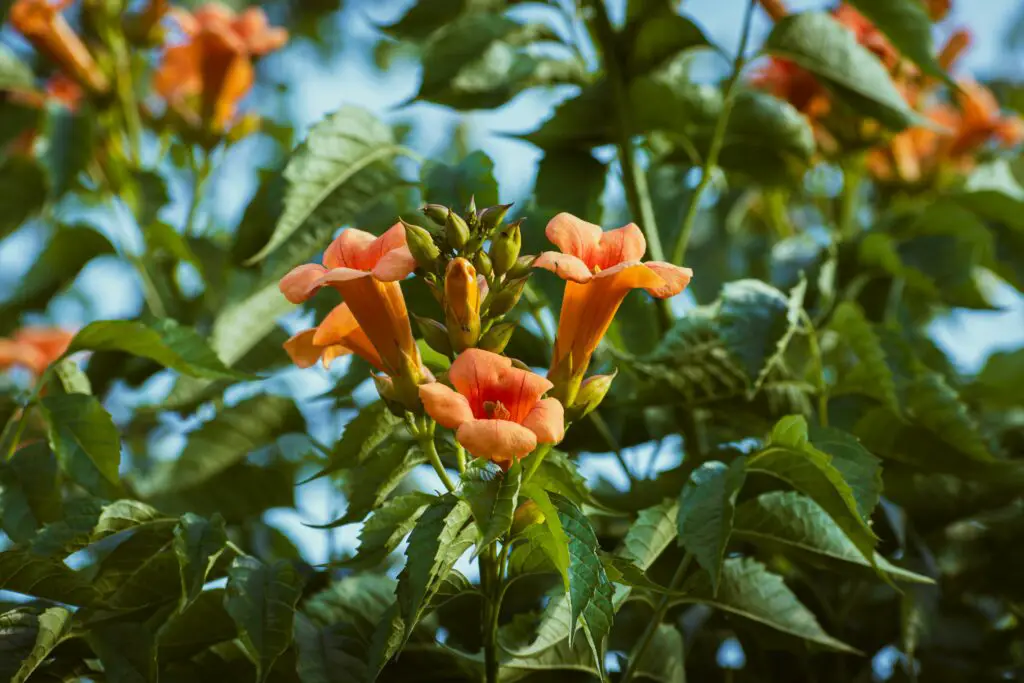
With its bright, tubular flowers, trumpet vine is a beacon for hummingbirds, bees, and butterflies. It’s also incredibly invasive and grows like it’s on a mission to take over your yard. The flowers drop constantly, creating a mess that attracts ants and other ground-dwelling pests. Its rapid growth can even damage fences or structures if left unchecked. While it’s undeniably gorgeous, trumpet vine can bring more chaos to your yard than you bargained for.
5. Blackberries
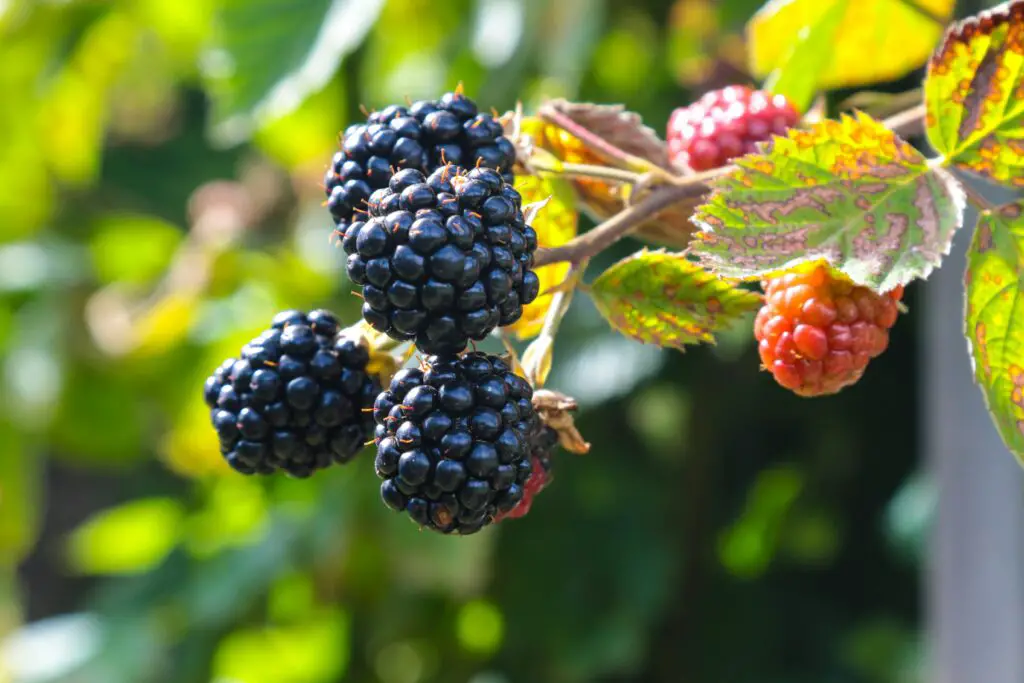
Blackberry bushes are a delicious addition to any garden, but they come with their own set of problems. Birds, rabbits, and even deer can’t resist the juicy berries, and they’re not shy about trampling through your yard to get to them. The thorny vines can also spread aggressively, making them hard to manage. On top of that, ripe blackberries attract wasps, which can quickly become a nuisance. If you love fresh berries but not the accompanying wildlife, this might not be the best choice.
6. Honeysuckle
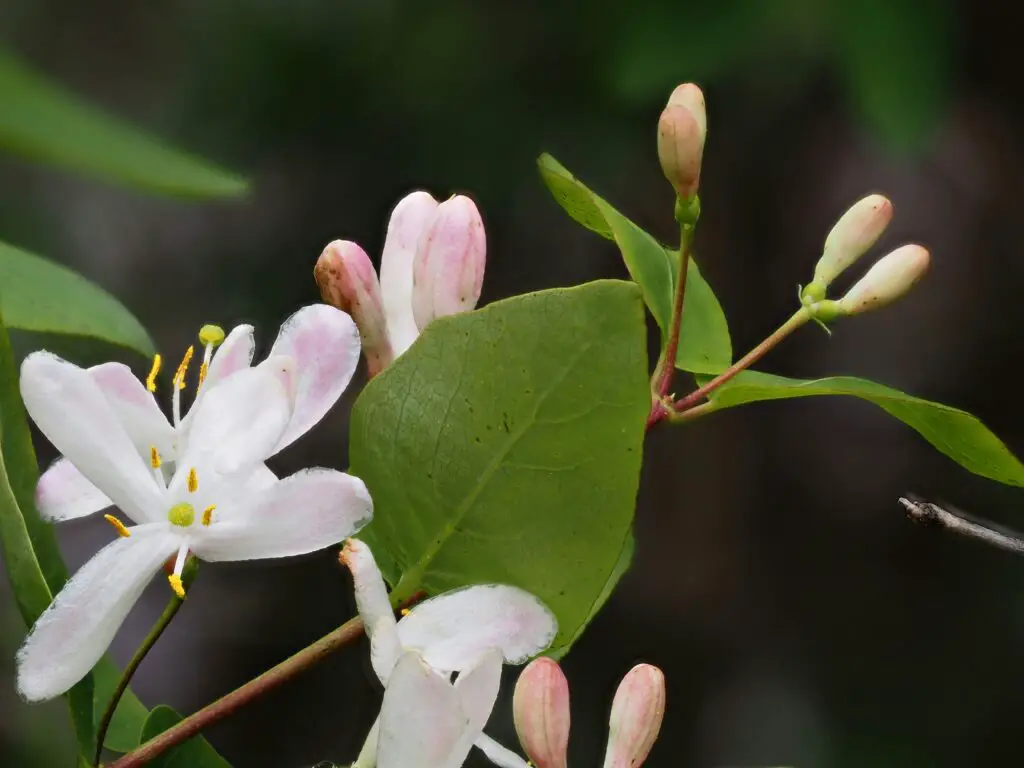
Honeysuckle’s sweet-smelling flowers are like an open invitation to bees, butterflies, and hummingbirds. Unfortunately, it’s also a favorite for invasive species like Japanese beetles. The sugary nectar can attract ants and other ground pests, creating an ecosystem that might feel more like a zoo than a backyard. Honeysuckle can also grow aggressively, crowding out other plants and taking over your garden. While it’s undeniably charming, honeysuckle can turn your peaceful retreat into a bustling wildlife hub.
7. Corn
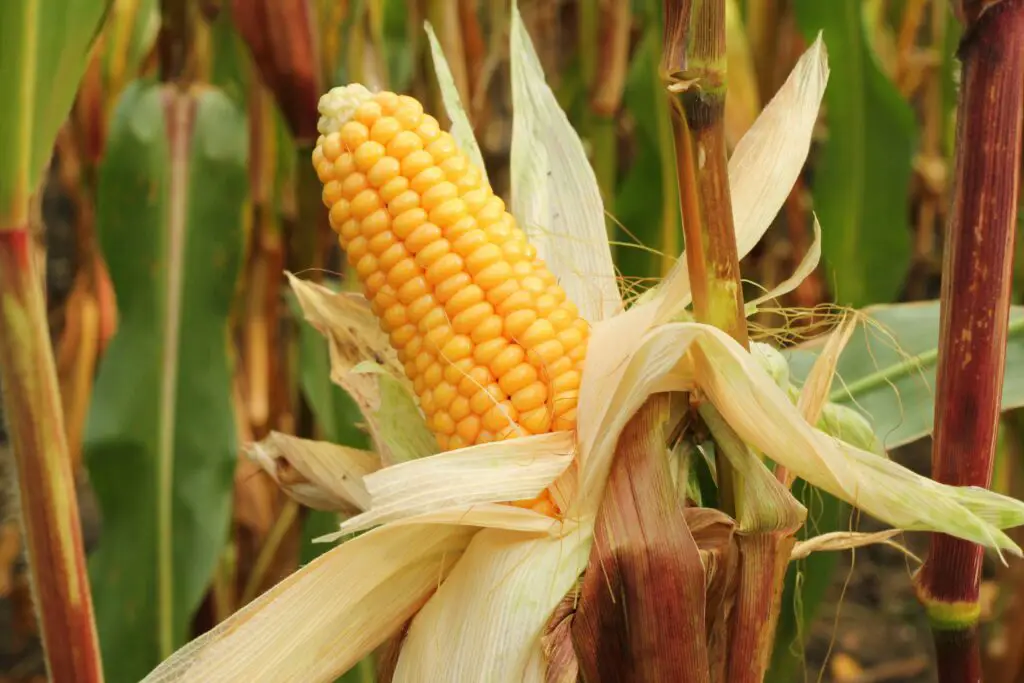
Growing corn in your backyard might seem quaint until you realize it’s a favorite snack for raccoons, deer, and squirrels. These critters will go to great lengths to get their paws on those sweet kernels, often tearing down entire stalks in the process. Corn also attracts crows and other birds that can quickly strip your plants bare. Unless you’re prepared to set up scarecrows and fencing, growing corn might invite more trouble than it’s worth.
8. Cherry Trees
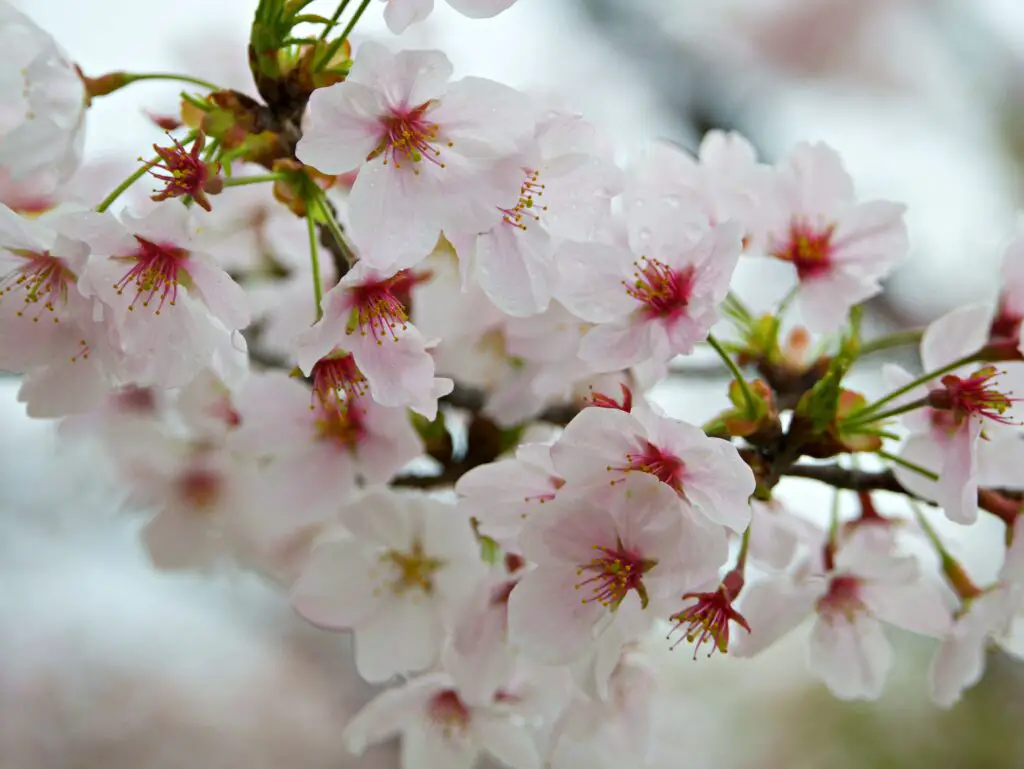
Cherry trees are a delight when they’re in bloom, but their fruit is a different story. Birds will flock to your yard for a feast, and fallen cherries can attract ants, wasps, and rodents. The mess from dropped fruit can also stain driveways or patios. If you don’t mind sharing your harvest with the local wildlife and dealing with the cleanup, cherries are a lovely addition. Otherwise, be prepared for a lot of uninvited guests.
9. Marigolds
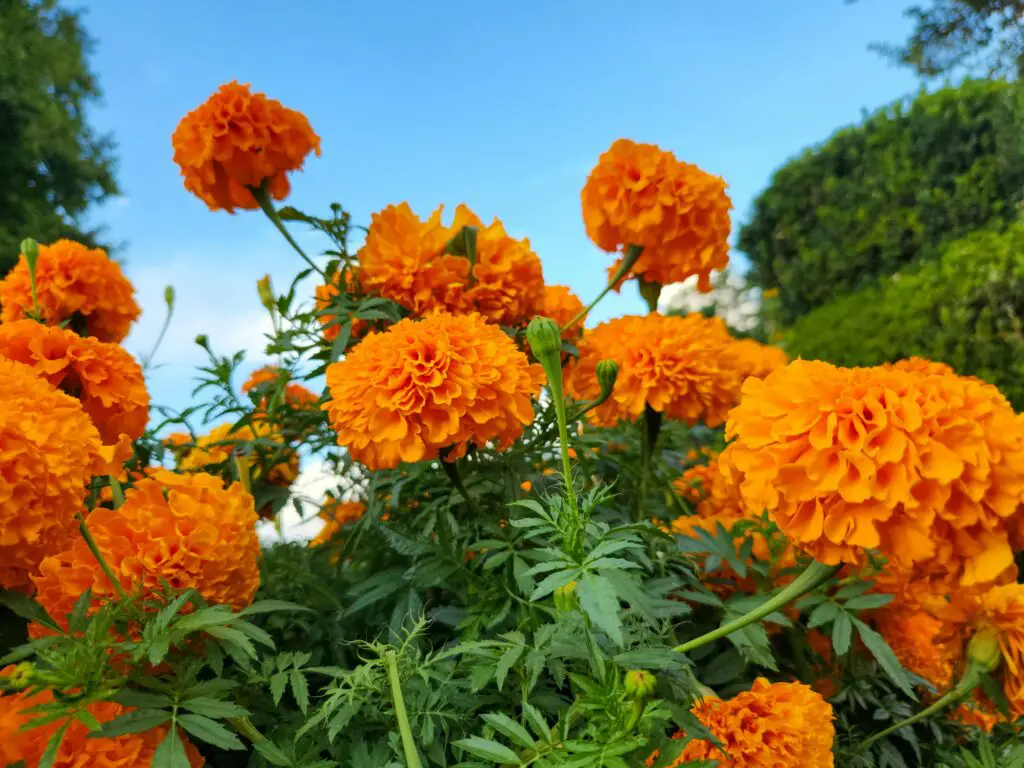
Marigolds are known for their pest-repellent properties, but they also have a downside. Their scent attracts hoverflies, which, while beneficial, can create a cloud of buzzing insects around your garden. Rabbits and deer occasionally nibble on them, especially when other food sources are scarce. While marigolds are beautiful and useful, their unexpected fanbase can make them a bit overwhelming.
10. Grapevines
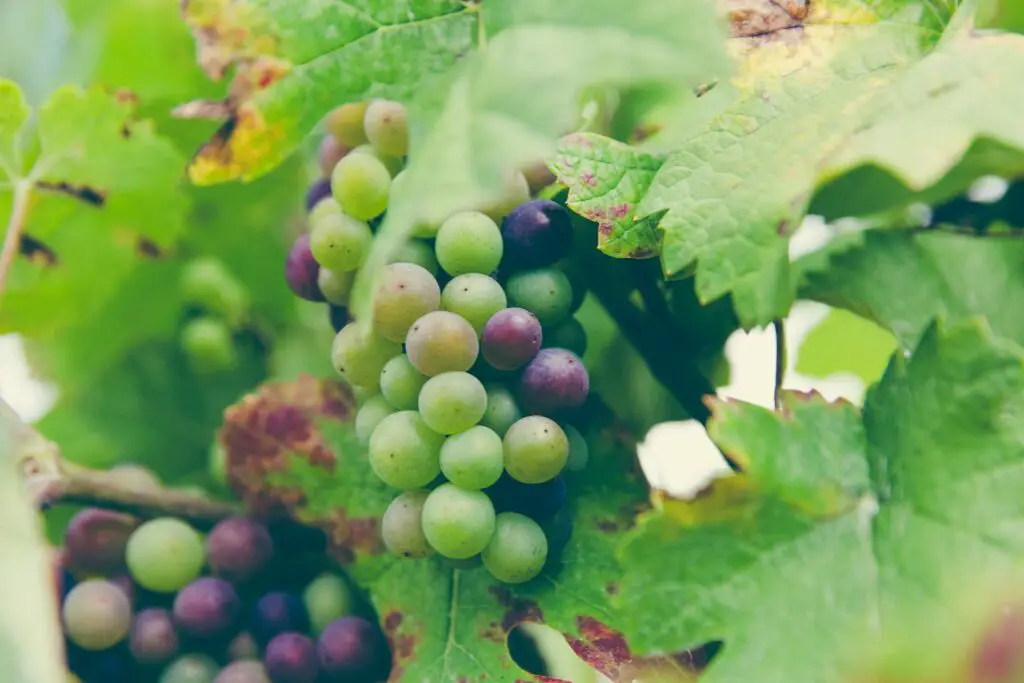
Grapevines are a picturesque addition to any backyard, but they’re a favorite for birds, raccoons, and wasps. Birds love to peck at the ripening grapes, often leaving behind half-eaten fruit. The sweet aroma can also attract yellowjackets, which are more aggressive than your average bee. On top of that, grapevines grow quickly and can take over if not pruned regularly. While they’re beautiful, grapevines require a lot of upkeep to keep wildlife at bay.
11. Lavender
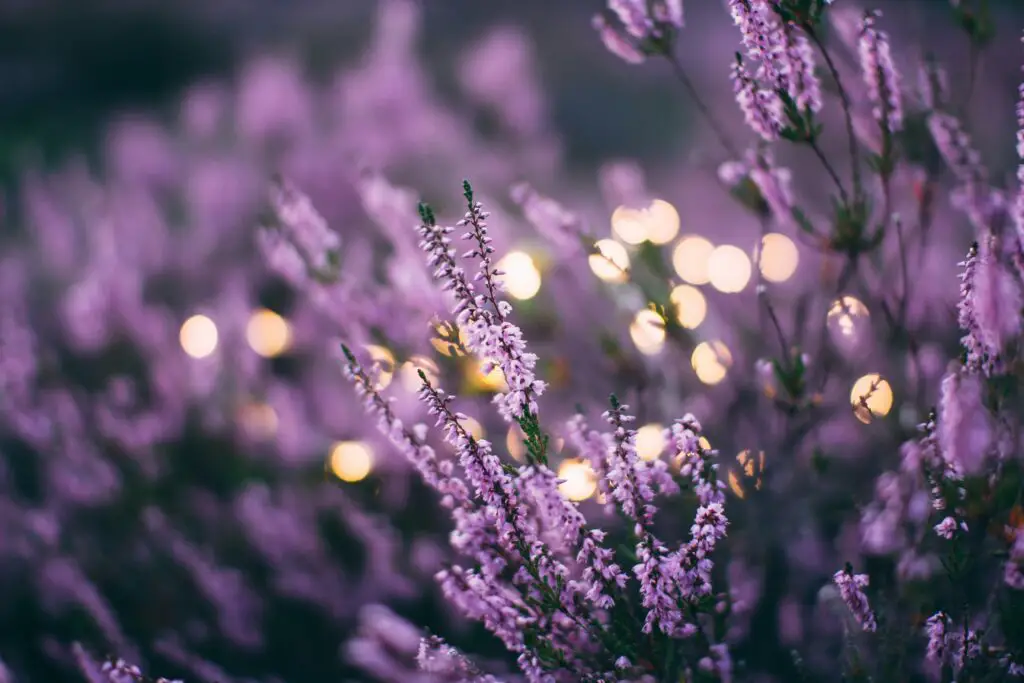
Lavender’s fragrant blooms are a magnet for bees and butterflies, which is wonderful if you love pollinators. However, the strong scent can also attract moths and other insects you might not want. Lavender’s popularity with wildlife means you’ll likely see an increase in critters buzzing or crawling around. It’s a relaxing plant for humans but can be a bit too lively if you’re not a fan of sharing your space with buzzing friends.
12. Fennel
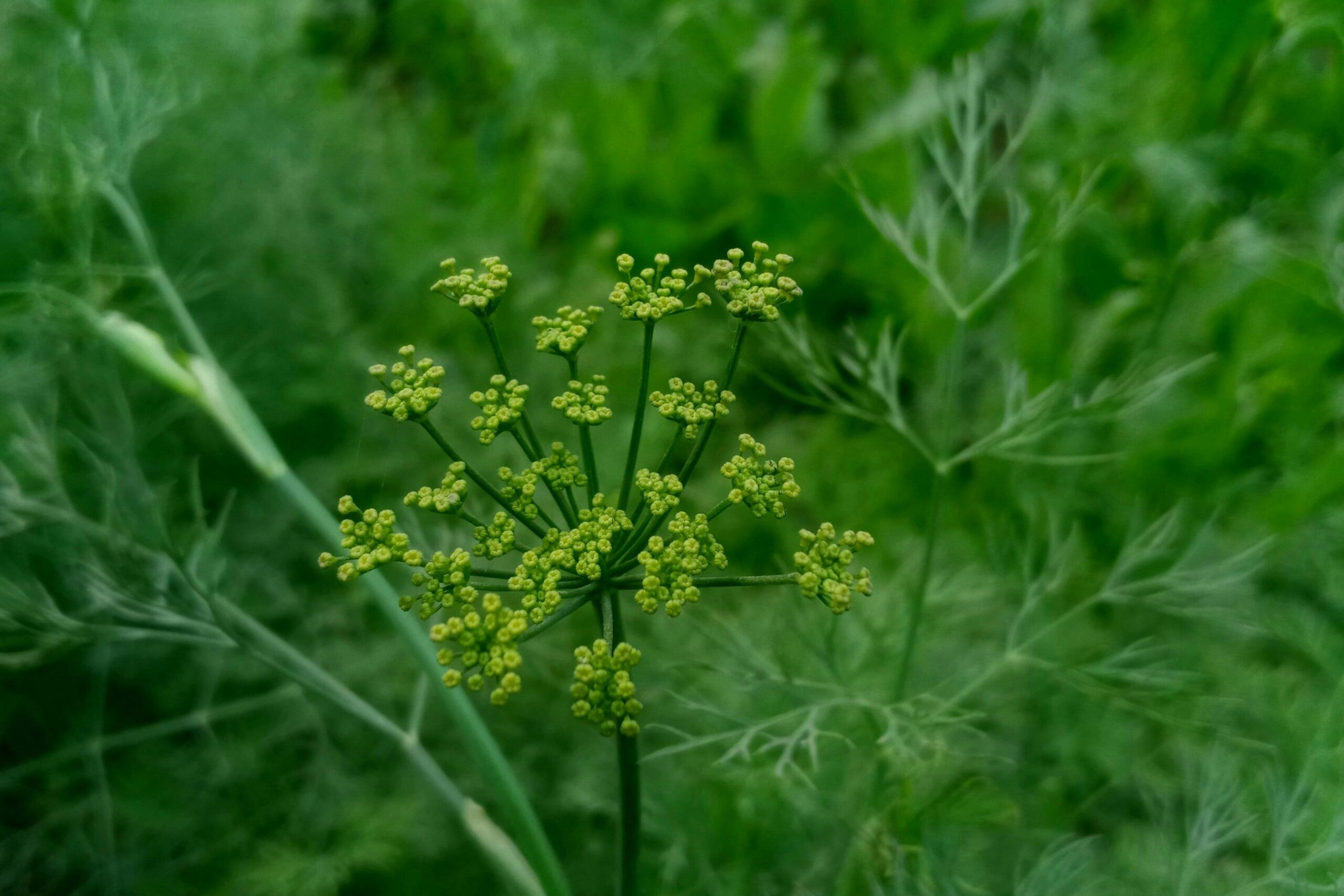
Fennel is a host plant for swallowtail butterfly larvae, meaning you’ll likely see caterpillars munching away at its feathery leaves. While this is great for butterfly lovers, the caterpillars can strip the plant bare, leaving it looking ragged. Fennel also attracts bees, wasps, and other flying insects in droves. The plant’s seeds can spread, leading to fennel popping up in unexpected places. If you’re not ready for an insect explosion, fennel might be more work than it’s worth.
